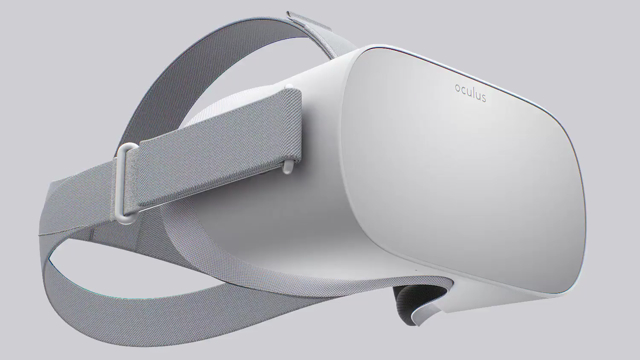Facebook Aims for One Billion VR Users, Debuts Oculus Go
October 13, 2017
At Facebook’s annual Oculus Connect developers’ conference, Facebook chief executive Mark Zuckerberg announced a new standalone VR headset and stated that his goal is to get one billion people into virtual reality and ensure that VR is a “force for good.” With the latter comment, Zuckerberg tacitly recognized the tsunami of criticism that Facebook has received for live-streaming suicides and murders, and a recent virtual reality tour of the aftermath of the Puerto Rico hurricane, during which he and an employee reveled in the technology, to the chagrin of viewers.
The Wall Street Journal reports that Zuckerberg apologized by saying, “when you’re in VR yourself, the surroundings feel quite real, but that sense of empathy doesn’t extend well to people watching you as a virtual character on a 2D screen. That’s something we’ll need to work on over time.”
At the conference, Zuckerberg also debuted Oculus Go, a standalone VR headset priced at $199 and slated to be shipped early in 2018. Up until now, the most popular VR devices are those powered by smartphones, such as Samsung Gear. By contrast, the Oculus Rift is both expensive and needs to be tethered to a higher-end PC; the temporary lowered price for the Rift of $399 is now permanent.
Wired reports that Zuckerberg’s announcement that he’s aiming to introduce VR to one billion people doesn’t come with a deadline. In the meantime, “the company seems to be doing its best to make VR easier to use — and as persistent as possible once you’re using it.” The Oculus Go won’t require a smartphone but also doesn’t offer positional tracking, “which allows users to move in space.”
Facebook is also working on Project Santa Cruz, “a more powerful standalone headset prototype that uses embedded outward-facing sensors to enable positional tracking.” Most interesting is Facebook Venues, “a VR project that would allow people to gather for live events,” and new avatars, shown off by Oculus product manager Christina Womack, whose “mouths will move to match a user’s words,” and whose “eyes will follow interesting objects.”
The Oculus platform now also features “a new carousel-style popup dock called Dash [that] will follow users everywhere, allowing them to jump from app to app, accept friend invites, or check notifications without retreating back to the hub of Oculus Home.” In Home, “users can create their own space with furniture, toys, and art; they can visit their friends’ Home; and … all their games now appear in Home as old-school game cartridges that can be launched from inside the hub.”
According to Engadget, the latest version of Project Santa Cruz is vastly improved from the version shown last year: “It felt like a completely finished product,” and looks like a wireless version of the Rift. The headset “feels soft, snug and lightweight,” making it “easily one of the most comfortable VR headsets” out there. The new controllers “feel more compact than the Touch,” and offer a large circular touchpad in lieu of a thumbstick. The audio also came through “loud and clear,” even without headphones.
“It was really as if I was using a Rift, but without being attached to a PC,” said the reviewer. Oculus plans to ship Santa Cruz headsets to developers next year.


No Comments Yet
You can be the first to comment!
Sorry, comments for this entry are closed at this time.